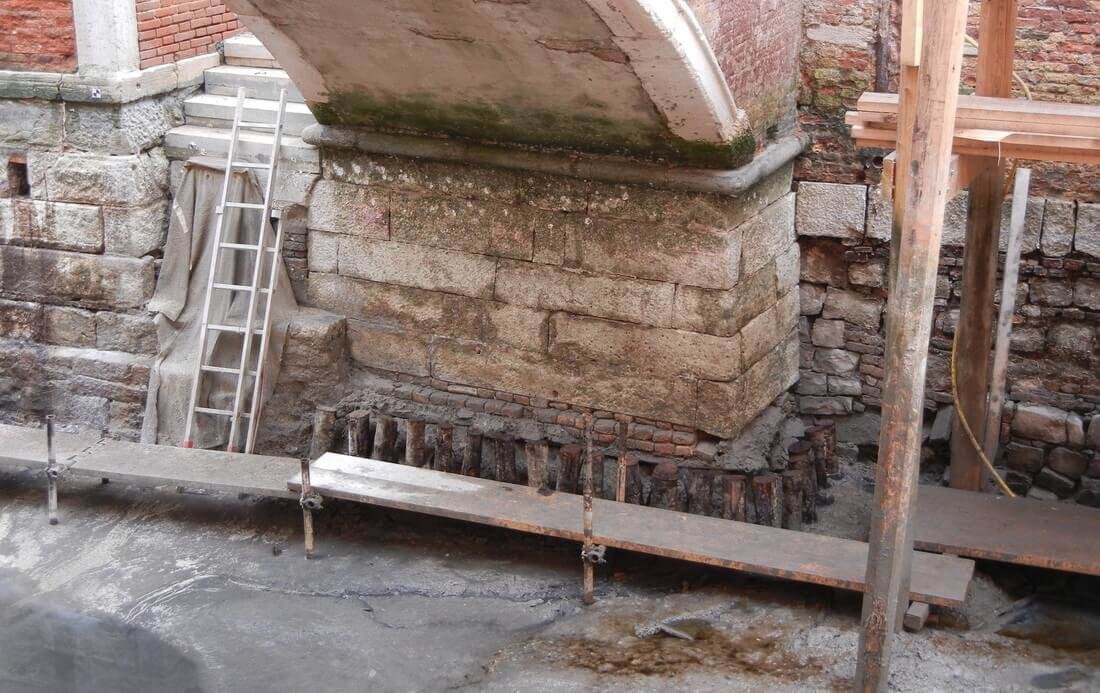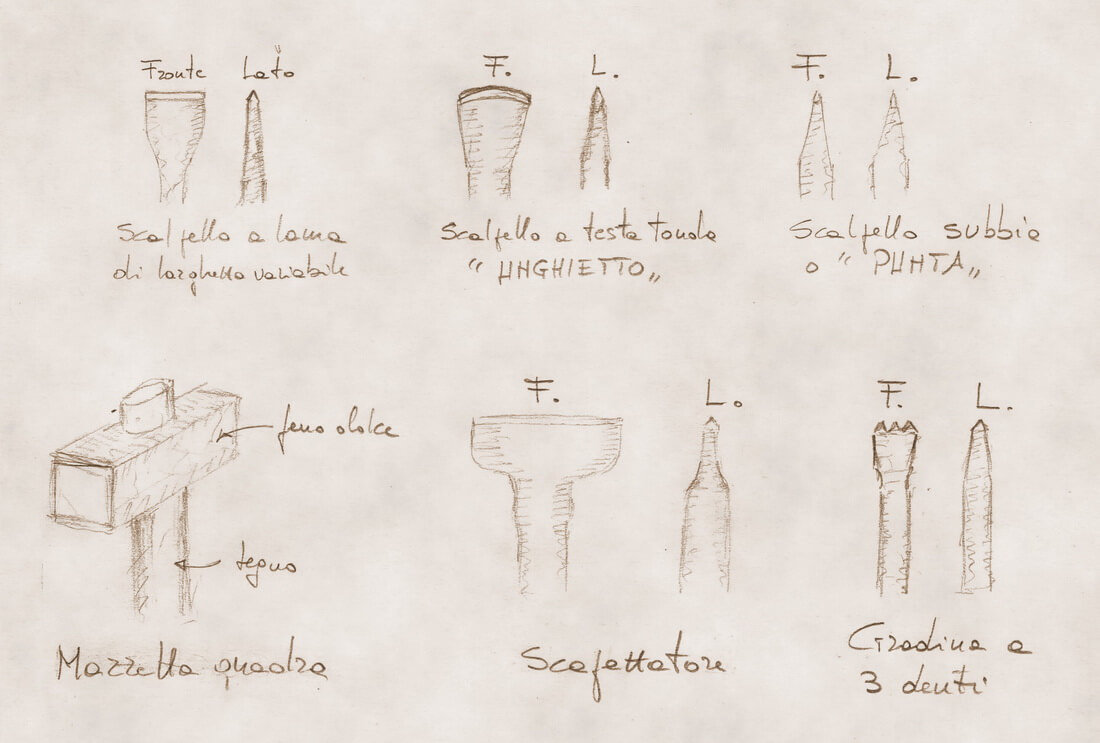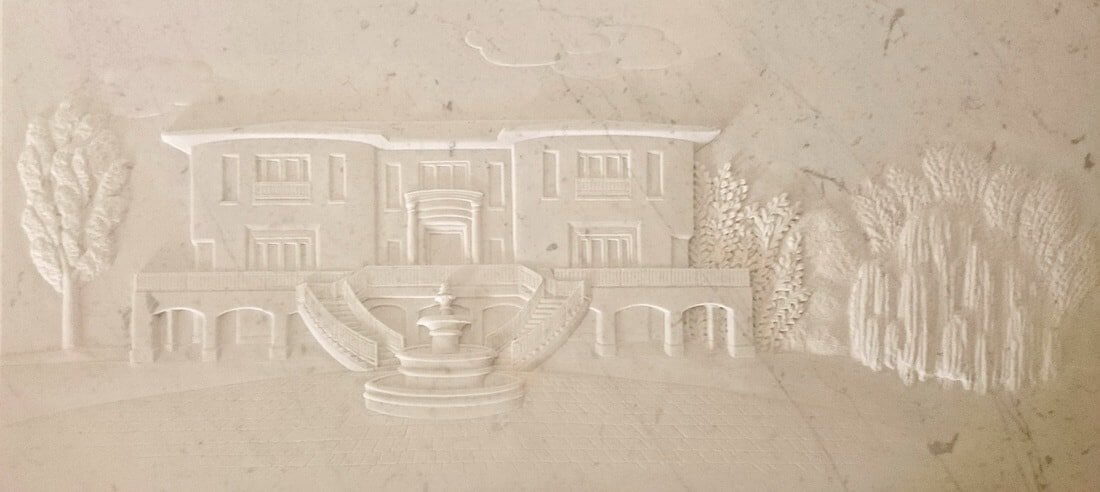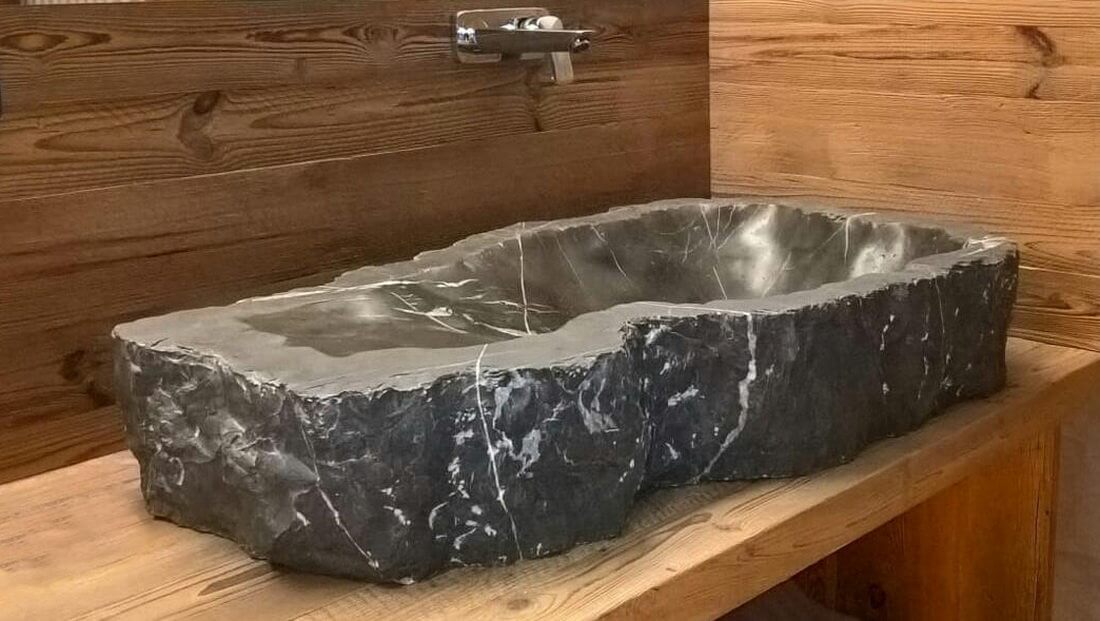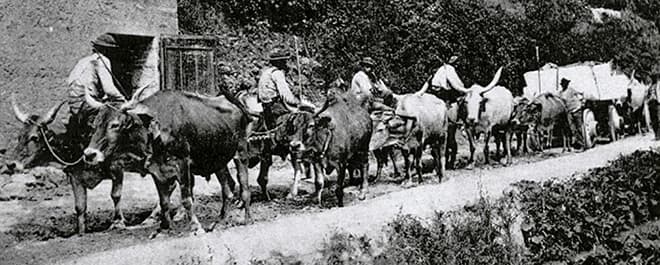The fortune of Istrian stone is linked to the development of Venice during the Serenissima. Why Venetians fall in love with the Istria stone? The first works in Istrian stone, in Venice, were simple squared blocks of rock, called “conci”. From the XIIIth century it...
Read more
The antique abrasive tools are used in the traditional handcrafted stone manufacturing. They are necessary to cut, to pierce, to give depth and to realize the surface finishing through a rubbing and friction action. Among the most well-known tools and still in use today, we...
Read more
The antique percussion tools are used in the traditional handcrafted stone manufacturing. They are necessary to break and to shape through a series of beats. The percussion is direct when you hit the stone directly, indirect when you beat on a cutting tool. Among...
Read more
The antique tools are still in use today for the artistic marble manufacturing.
In the past they were only used with the manual movement and now they are also electrical and pneumatic. In order to avoid getting exhausted and to waste energies, it is very important...
Read more
In the marble tradition there are different artistic sculptural techniques to realize and embellish a work.
These methods are grouped by two main categories, even if in some cases they can be confused with one another because the differences are minimal: techniques of manufacturing and...
Read more
The main difference between a solid marble work and a box-type product is the number of pieces with which it has been realized: the first is in a unique piece of stone while the second one is realized with various pieces joined together....
Read more
Marbles from Istria to Venice.
My origin is in Istria, a wonderful land that borders the Alpine chain with an expanse of endless hills where my family owned some quarries. In that area, washed by the Quieto River, we had our quarries of the Roman era; they...
Read more
